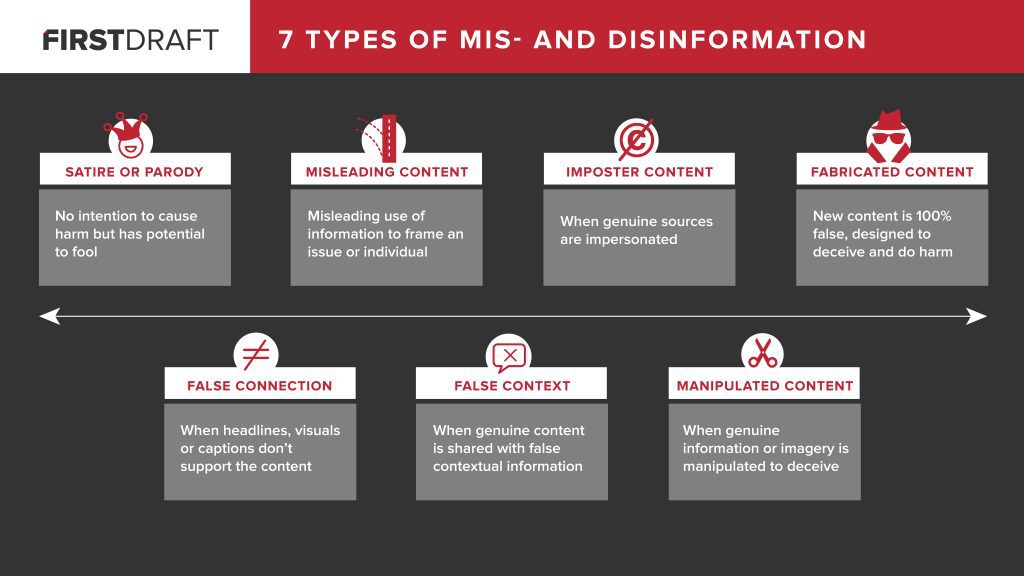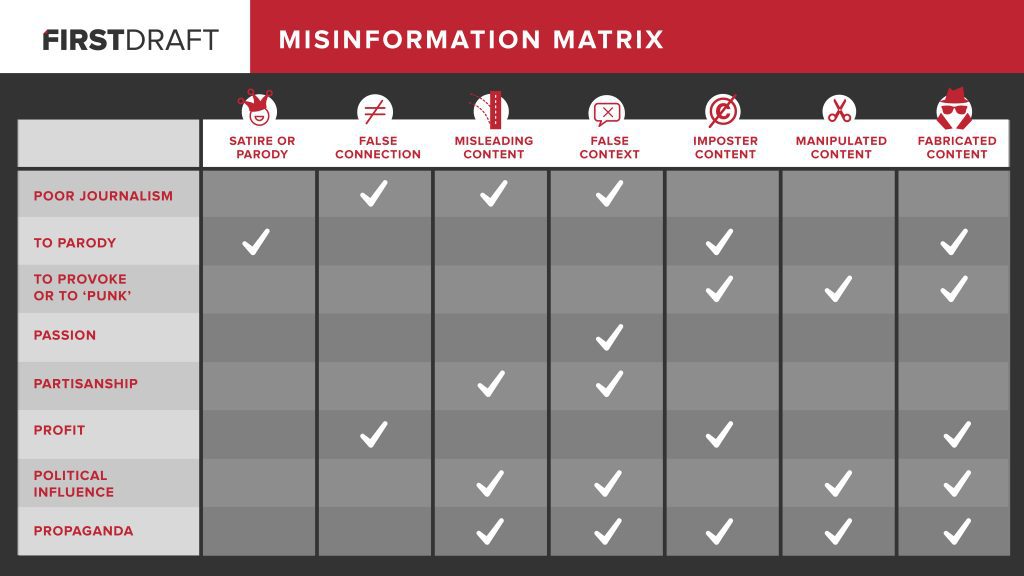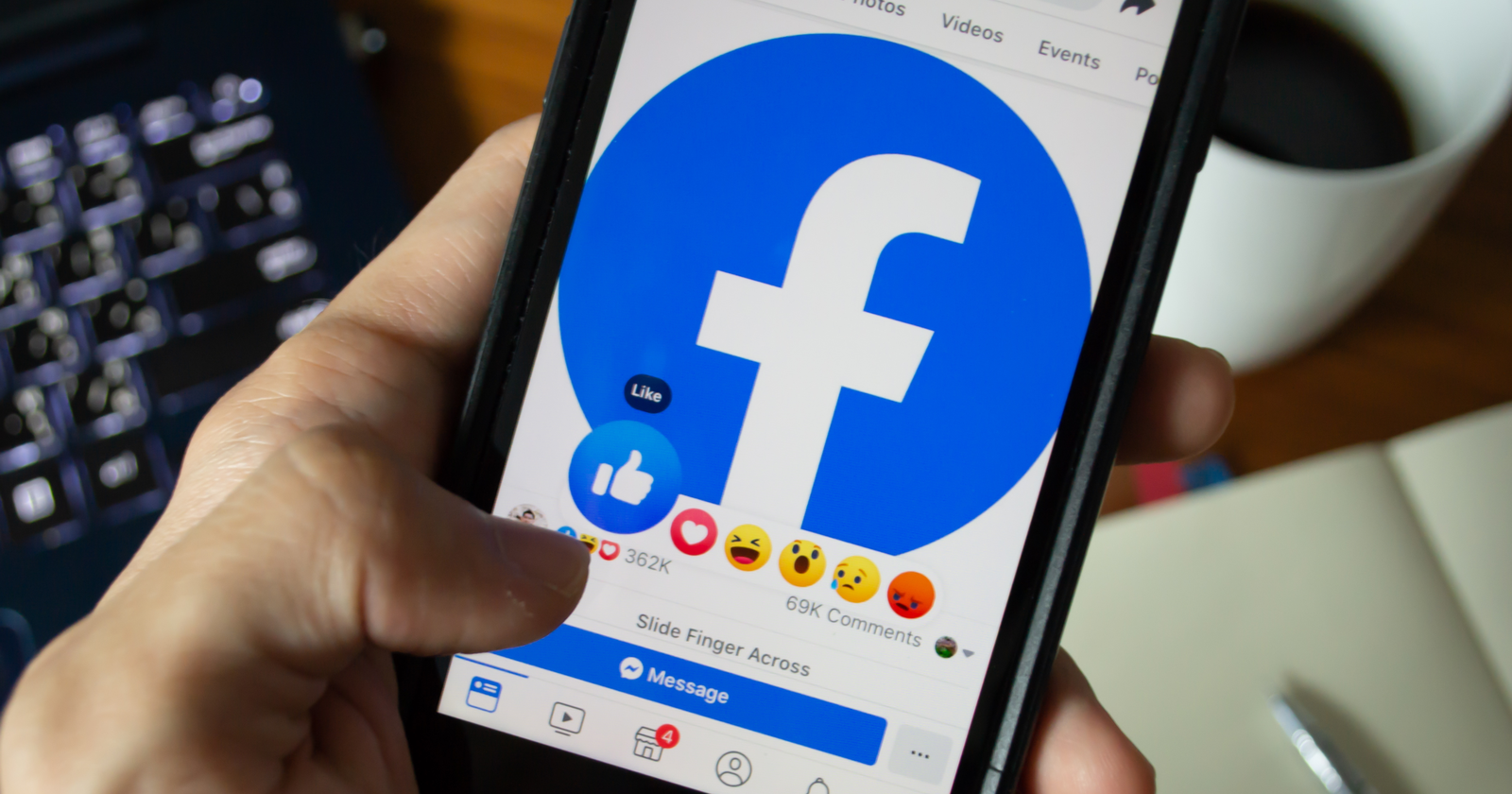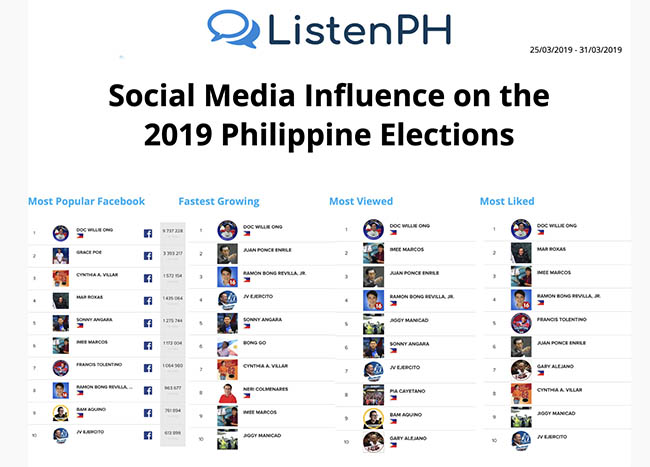Fact-checking day is every day. Here are 8 tips on how you can stand up for facts
The International Fact-checking day on April 2, 2017 is not a single event but a rallying cry for more facts – and fact-checking – in politics, journalism, and everyday life. The website shares its resources on fact-checking, including a lesson plan for teachers, a fake news trivia quiz, a “hoax-off” among top debunked claims and a map of activities being held around the world in occasion of the day.
READ: Fake news: 7 types of mis- and disinformation
READ: Be a savvy news consumer. Here are 6 tips for identifying fake news
Last year , I wrote about the Tools and strategies to determine fake news, half-truths, from real news at the height of the fake news brouhaha after the US Elections. In my article, I listed the tools and strategies to determine fake news from real news. It is crucial for social media users to triple check sources and fact check news before sharing them.
Five months later, it is great to know , a lot of positive development have occurred to combat fake news, misinformation, half-truths and the like.
Fake News. It’s complicated.
The term “fake news” is an old term now. Fake news is associated with “misinformation” and “disinformation”. To understand the misinformation ecosystem, First Draft news listed a break down of the types of fake content, content creators motivations and how it’s being disseminated. The term “fake doesn’t begin to describe the complexity of the different types of misinformation (the inadvertent sharing of false information) and disinformation (the deliberate creation and sharing of information known to be false).”


Before First Draft News came out with the “Different Types Of Mis And Disinformation”, on February 16, 2017, I posed this question on my facebook wall to get an idea on how my followers view the fake news phenomena.
Is Fake news just bad journalism?
Is misleading news or half-truths, fake news? Who are the spin doctors? Is it orchestrated? or ?organic?
Allow me to share some of the responses:
“Fake news is used as a manner of propaganda. They begin with real news and when their following grows, they inject fake news little by little in an effort to sway public opinion towards some kind of agenda” – Arpee Lazaro
“Fake news is both borne from bad journalism and groups/individual(s) with an agenda. it may be both orchestrated an organic.” – Troy Zarate de leon.
Fitz Villafuerte had more to say . Fake news can be bad journalism, “due to lack of research or verification by the journalist. People, media, websites, etc. reporting and/or sharing false news that happened before is mostly because of this reason. However, most fake news on social media today are intentional. Some fabricate news for propaganda. Some for profit, i.e. getting traffic to their websites which earns from advertisements such as Adsense.” He agrees that misleading news or half-truths are fake news. He adds that “a fact is absolute and should not contain false information. At best, it can be called a satire, which is still fake news.”
Joseph Nico Cando opines that “even a valid news can become fake – depending on the belief or perspective of the consumer. If a person doesn’t believe the legit news for one reason or another, then that piece of news to him/her becomes false.”
A friend who wants to remain anonymous would like to “separate bad journalism and fake news, but they’re two inter-related concepts. Bad journalism incubates an environment for fake news to prosper. Misleading news however is bad journalism. It is the duty of the journalist, bound by media ethics, to cover as many angles to a story as possible, and not only posit partial or partisan facts.”
My friend added that “accusation of media bias, leading to possible bad journalism, is nothing new. It started during the Presidential campaign for then Sen. Noynoy Aquino. But ever since, no effort was done to clear that matter up. Even media organizations themselves accuse each other of such. This lack of transcendence from finger pointing to actually taking a stand and strengthening media ethics created a void that fake news unfortunately filled. These fake news producers, no matter how vague the identity, hints at professional experience. Who they are? Mocha Uson, et. al. is just the tip of the iceberg. Digging deeper, this is an industry as anonymous and potentially as dark as drug trade.”
Today , we live in a world where facts are obscured by propaganda, deliberately false or misleading news, and, of course, people’s own echo chambers. What can we do now?
Fact-check alerts and handy tips to help spot misinformation are useful but…
Adam Mosseri, VP, News Feed of Facebook announced that we want to see accurate information on Facebook. He said “and so do we. False news and hoaxes are harmful to our community and make the world less informed. All of us have a responsibility to curb the spread of false news.”
Read : Tools and strategies to determine fake news, half-truths, from real news
Trying to decide what’s true and false can be difficult. “There are murky lines between disagreeable opinions, bad information, and outright lies. Picking them apart is understandably something that both Internet giants [Google and Facebook] are afraid to do.”
For now, that role falls to all of us. You can begin by training yourself to be a savvy news consumer.
PolitiFact is part of the International Fact-checking Network, a group formed to encourage fact-checking around the world. Here are seven handy tips from PolitiFacts on how you can stand up for facts.
- Seek out trusted news sources that have a strong track record of accuracy in their reporting. Look for well-researched, detailed reports. Find news organizations that have a demonstrated commitment to the ethical principles of truthfulness, fairness, independence and transparency.
- Be very cautious about sharing inflammatory news stories on social media. If a headline strikes you as so outrageous that you want to immediately tell all your friends about it, take a quick pause. It might well be fake. You can do your homework by inspecting the source of the news story. Is it a news organization you’ve heard of?
- Look at the web address. Is it a clever knock-off? For example, abcnews.com dot co is a phony version of the actual news site abcnews.go.com and is a purveyor of fake news.
- A website might be fake are grainy graphics, off-kilter logos, and too many ads with flashing visuals or pop-ups. These click-bait websites offer quick-turn, low-quality content in a quest to maximize revenues. If every other story on the site seems outrageous and partisan, you might have stumbled onto a fake news site.
- Be especially suspicious if the story makes a claim about people who hold the opposite political views as yourself. If you hate Hillary Clinton or Donald Trump, you will be susceptible to stories that vilify them.
- It’s fine to have political views, but we need to accept our own biases and how our strongly held viewpoints can make us more credulous about things we’d like to believe. There’s an old saying that if something is too good to be true, it probably is. The opposite of that applies on the Internet: If something sounds too awful to be true, it might not be. The bottom line is we all should do a little homework before clicking the share button.
- Then there’s what you do when you see a friend or acquaintance has shared fake news on the Internet. It’s good to correct it, but do so with evidence and do it gently. When people are confronted harshly, it’s human nature to dig in and refuse to change. The best hope to get the truth out is to politely correct people and offer a link or two for evidence. Better yet, have those conversations in person. It’s easy for people to argue fiercely on the Internet, but it’s much more convincing to have a convivial discussion over dinner, drinks or coffee.
- Finally, be prepared to work your brain in search of knowledge and dialogue. No one will hand you the truth on a silver platter. The wisest among us have always known that truth-seeking is a process. We get closer to truth when we stay open minded, seek multiple sources, check, re-check, look again and discuss.
You might also want to know how to fact-check online photos and videos. Don’t forget the rich resources on fact-checking including a lesson plan for teachers, a fake news trivia quiz, a “hoax-off” among top debunked claims and a map of activities being held around the world in occasion of the day. There is a reading list of non-academic readings related to different aspects of the “fake news” debate.
Let’s do our share without waiting for the internet giants to fix this. First Draft News believes we “all play a crucial part in this ecosystem. Every time we passively accept information without double-checking, or share a post, image or video before we’ve verified it, we’re adding to the noise and confusion.”




